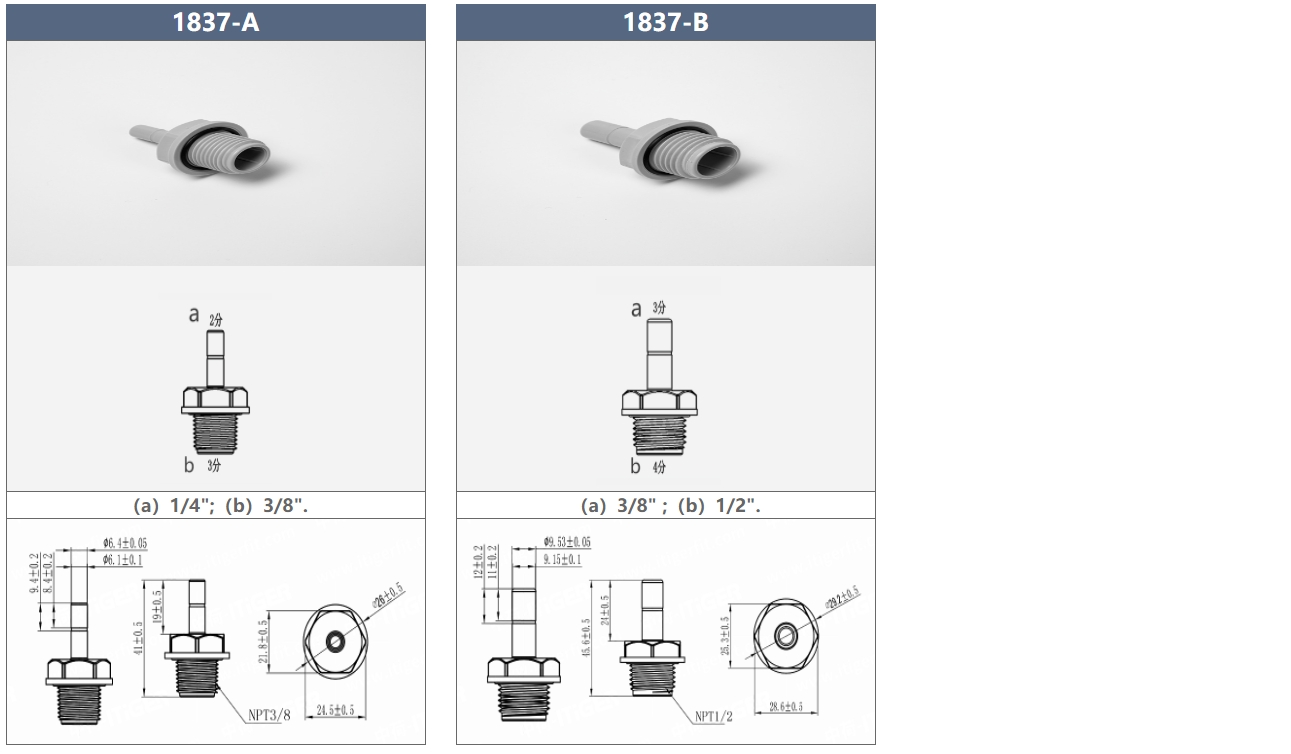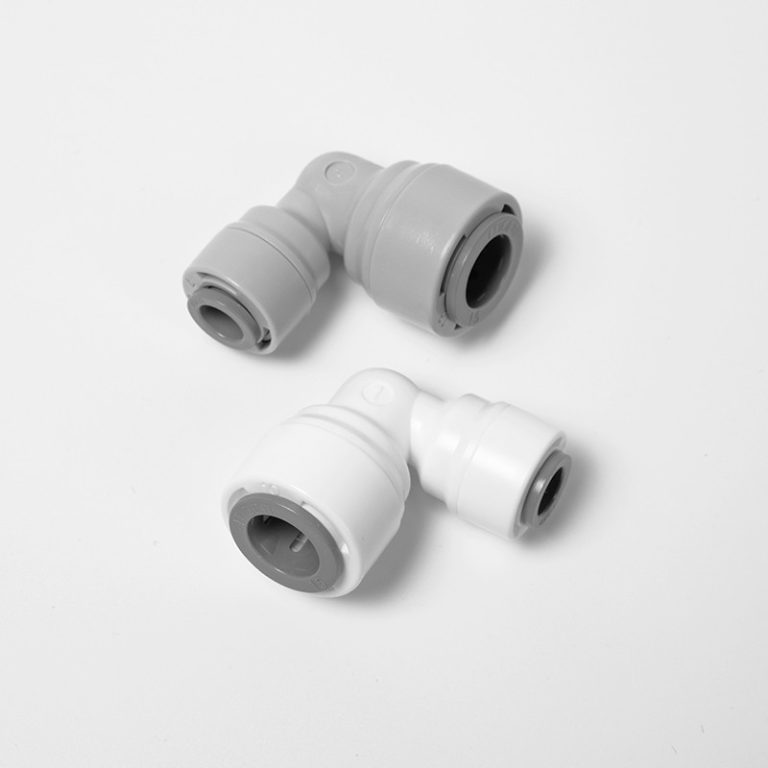“Effortless installation, secure connections – PVC push connect fittings.”
Table of Contents
Pros and Cons of Using PVC Push Connect Fittings in Plumbing Systems
PVC push connect fittings have become increasingly popular in plumbing systems due to their ease of installation and reliability. These fittings are designed to provide a quick and secure connection without the need for any special tools or soldering. While there are many benefits to using PVC push connect fittings, there are also some drawbacks to consider.

One of the main advantages of PVC push connect fittings is their ease of installation. These fittings can be quickly and easily installed by simply pushing the pipe into the fitting until it clicks into place. This eliminates the need for any special tools or equipment, making it a convenient option for DIY enthusiasts and professional plumbers alike.
Another benefit of PVC push connect fittings is their reliability. These fittings are designed to create a tight seal that prevents leaks and ensures a secure connection. This can help to prevent costly water damage and repairs down the line, making PVC push connect fittings a popular choice for many homeowners and contractors.
In addition to their ease of installation and reliability, PVC push connect fittings are also versatile. These fittings can be used in a variety of plumbing applications, including hot and cold water lines, drainage systems, and irrigation systems. This versatility makes PVC push connect fittings a convenient option for a wide range of projects.
Despite their many benefits, there are some drawbacks to using PVC push connect fittings. One of the main disadvantages is their cost. PVC push connect fittings can be more expensive than traditional fittings, which can add up quickly if you are working on a large plumbing project.
Another drawback of PVC push connect fittings is their limited compatibility. These fittings are designed to work with specific types of pipe, so it is important to ensure that you are using the correct type of pipe for your fittings. This can be a limiting factor for some projects, especially if you are working with older or non-standard plumbing systems.
In addition to their cost and limited compatibility, PVC push connect fittings can also be more prone to failure than traditional fittings. While these fittings are designed to create a tight seal, they can sometimes fail over time due to wear and tear or improper installation. This can lead to leaks and other issues that may require costly repairs.
Overall, PVC push connect fittings offer a convenient and reliable option for many plumbing projects. Their ease of installation, reliability, and versatility make them a popular choice for homeowners and contractors alike. However, it is important to consider the cost, compatibility, and potential for failure when deciding whether to use PVC push connect fittings in your plumbing system. By weighing the pros and cons carefully, you can make an informed decision that meets your specific needs and budget.
Step-by-Step Guide on How to Install PVC Push Connect Fittings in Your Home
PVC push connect fittings are a convenient and easy-to-use solution for connecting PVC pipes in your home. These fittings eliminate the need for messy glue or complicated tools, making them a popular choice for DIY enthusiasts and professional plumbers alike. In this step-by-step guide, we will walk you through the process of installing PVC push connect fittings in your home.
| Model | Tube(a) | Stem(b) |
|---|---|---|
| 1801-A | 1/4 | 1/4 |
| 1801-C | 1/4 | 3/18 |
First, gather all the necessary materials and tools for the job. You will need PVC pipes, PVC push connect fittings, a pipe cutter, and a deburring tool. Make sure to measure and cut the PVC pipes to the desired length before proceeding with the installation.
Next, use the deburring tool to remove any burrs or rough edges from the cut ends of the PVC pipes. This will ensure a smooth and secure connection when using the push connect fittings.
Once the pipes are prepped and ready, simply push the PVC push connect fittings onto the ends of the pipes until they click into place. The push connect fittings are designed to create a tight seal without the need for additional sealing materials.
To ensure a secure connection, give the pipes a gentle tug to make sure they are firmly in place. If the fittings do not feel secure, you can use a pipe wrench to tighten them further.

Continue this process for all the PVC pipes that need to be connected. Remember to double-check the alignment of the pipes before securing the fittings in place.
| Model | Tube(a) | Stem(b) |
|---|---|---|
| 1801-A | 1/4 | 1/4 |
| 1801-C | 1/4 | 3/40 |
Once all the PVC push connect fittings are installed, turn on the water supply to test for any leaks. If you notice any leaks, you can use a pipe wrench to tighten the fittings further or reposition the pipes for a better seal.
If everything looks good and there are no leaks, congratulations! You have successfully installed PVC push connect fittings in your home. These fittings are a durable and reliable solution for connecting PVC pipes, making them a popular choice for plumbing projects of all sizes.
In conclusion, PVC push connect fittings are a convenient and easy-to-use option for connecting PVC pipes in your home. By following this step-by-step guide, you can confidently install these fittings yourself without the need for messy glue or complicated tools. Remember to gather all the necessary materials and tools, measure and cut the PVC pipes to the desired length, and use a deburring tool to remove any rough edges before installing the push connect fittings. With a little patience and attention to detail, you can enjoy a secure and leak-free plumbing system in your home with PVC push connect fittings.






